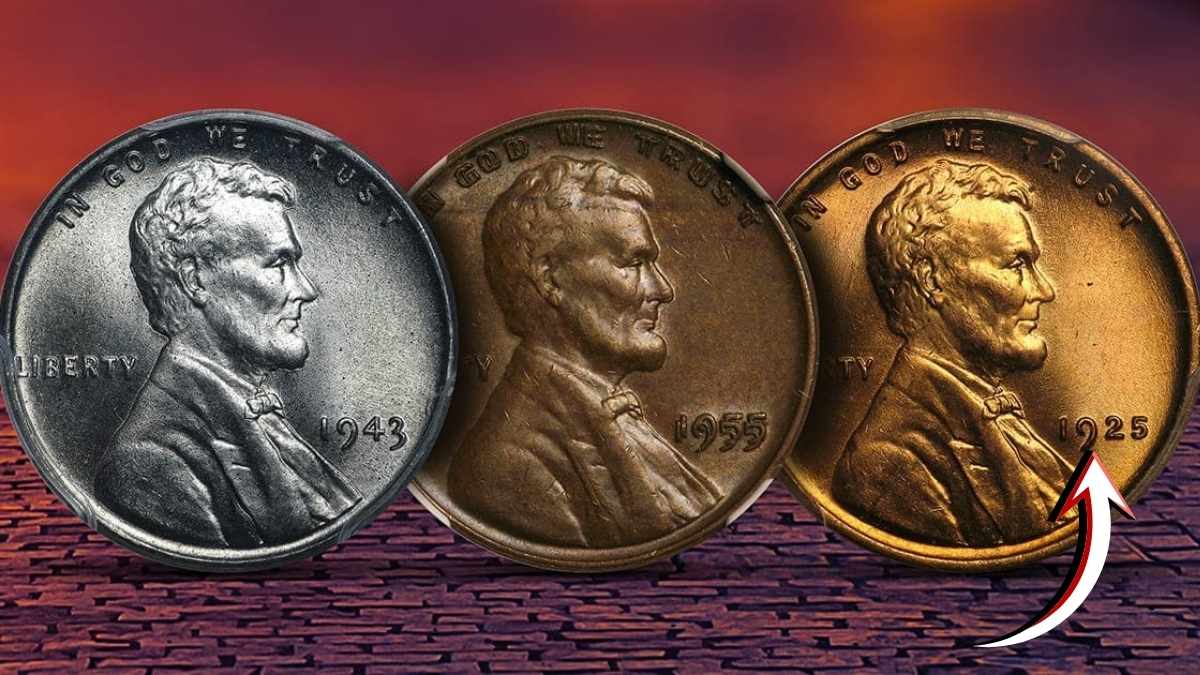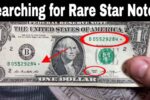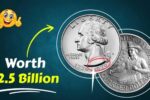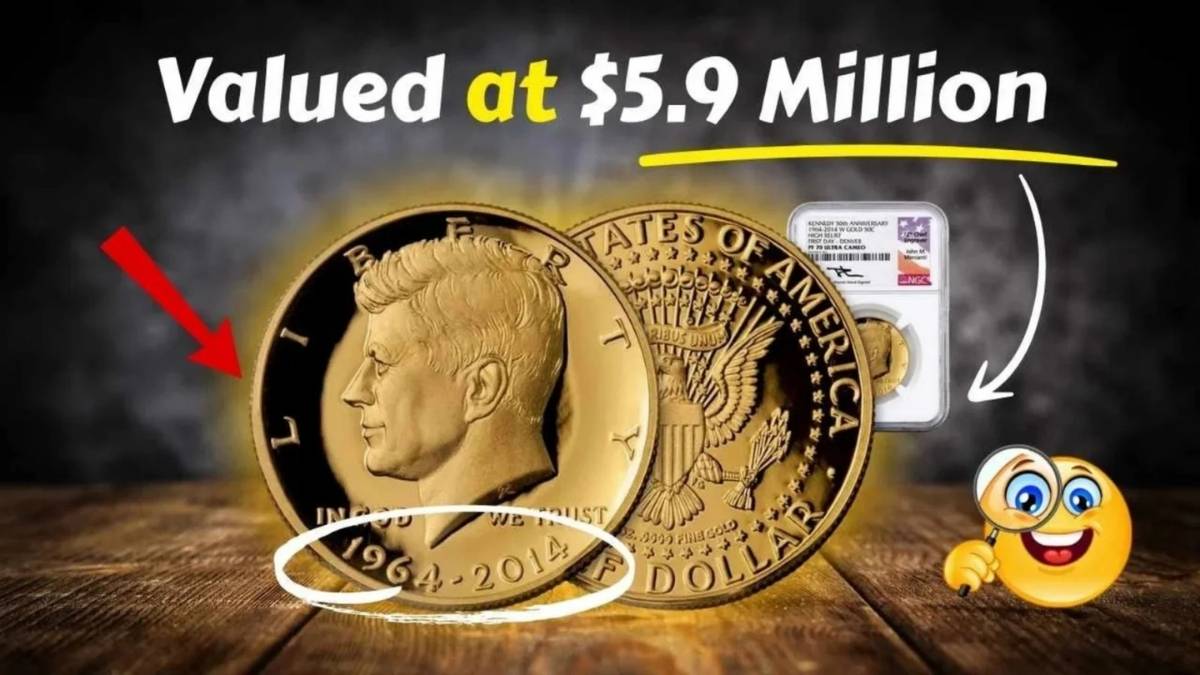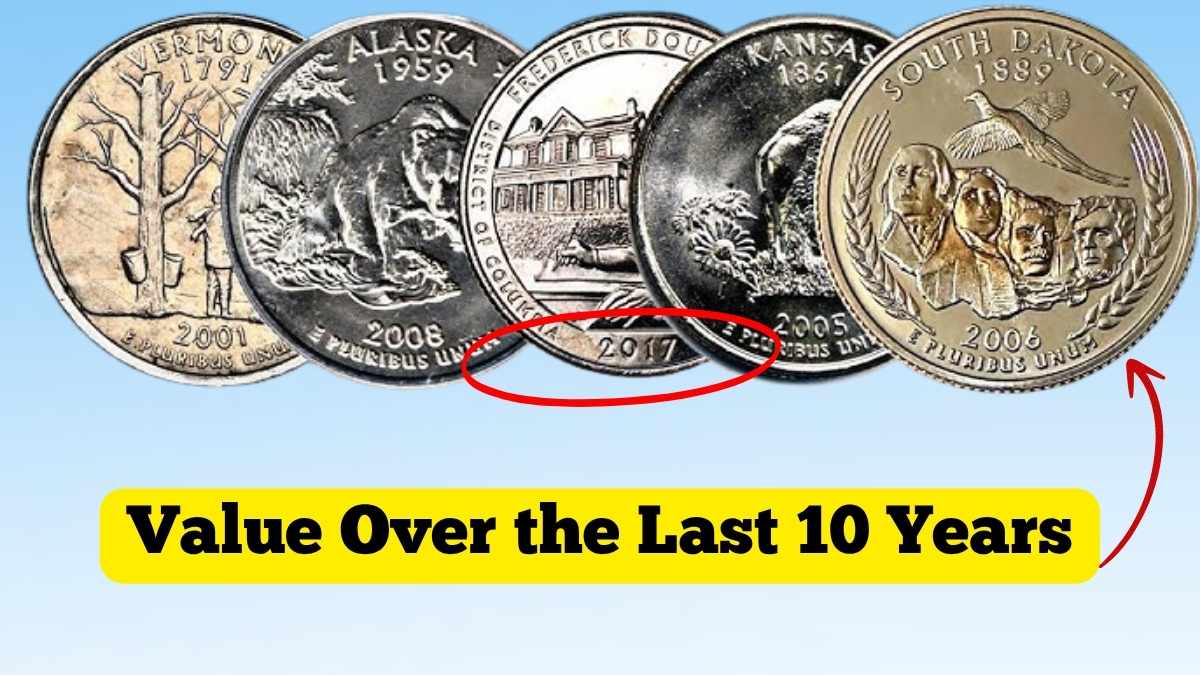Have you ever wondered if that penny you just dropped could be worth far more than one cent? For beginner coin collectors (or anyone who loves a good treasure hunt), U.S. pennies are a great place to start. Some of the rarest and most valuable coins in circulation today still show up in everyday pocket change and they can be worth hundreds or even thousands of dollars.
In this guide, we’ll cover five rare U.S. pennies you might actually find, why they’re valuable, and how to spot them.
1. 1943 Copper Wheat Penny – Worth Up to $100,000+
One of the most famous and valuable U.S. pennies is the 1943 copper Wheat penny. During World War II, the U.S. Mint switched from copper to steel to conserve copper for ammunition and military supplies. However, a few 1943 pennies were mistakenly struck on leftover copper planchets.
Only a handful of these copper 1943 pennies exist, and they’re worth a fortune.
How to Identify It:
- Look for the date “1943” on a regular-looking brown or red copper penny (not silvery gray).
- If a magnet sticks to your coin, it’s steel and worth just a few cents.
- If the magnet doesn’t stick and it’s copper you might have a rare treasure.
Value:
A genuine 1943 copper penny can sell for $100,000 to $250,000 or more, depending on condition.
Pro Tip: Be cautious of counterfeits many fakes are regular 1948 pennies altered to look like “1943.”
2. 1955 Double Die Obverse Penny – Worth $1,000+
The 1955 double die penny is one of the most recognizable error coins in U.S. history. When the die used to stamp the coin shifted slightly between impressions, it created a dramatic double image on the lettering and date.
How to Identify It:
- Look closely at the words “LIBERTY” and “IN GOD WE TRUST” on the front. The doubling effect is bold and easy to see without magnification.
- The date “1955” should also look doubled, especially on the “5s.”
Value:
Collectors will pay $1,000 to $2,000 for a circulated example and pristine, uncirculated versions can fetch $10,000+.
Fun Fact: These pennies often turned up in cigarette vending machines and cash drawers during the late 1950s, sparking huge public fascination.
3. 1969-S Double Die Obverse Penny – Worth $25,000+
This coin is a later cousin to the 1955 double die, but even rarer. Only a few dozen genuine examples of the 1969-S double die obverse penny are known.
How to Identify It:
- Look for a strong doubling of the date and the words “LIBERTY” and “IN GOD WE TRUST.”
- The coin must have an “S” mintmark (for San Francisco) below the date.
Value:
Depending on condition, authentic examples can sell for $25,000 to $75,000+.
Caution: Many coins show minor doubling that’s not valuable. To be sure, compare your penny to verified images from the U.S. Mint or a trusted coin dealer.
4. 1992 Close AM Penny – Worth $5,000+
The 1992 Close AM Lincoln penny is an easy-to-overlook variety that can slip through your hands unnoticed. The difference lies in the tiny spacing between the letters “A” and “M” in “AMERICA” on the back of the coin.
Most pennies from 1992 have a Wide AM, where the letters are clearly separated. But in the rare Close AM version, the letters are nearly touching a small design change that wasn’t supposed to happen that year.
How to Identify It:
- Flip the coin over and check the word “AMERICA.”
- If the “A” and “M” are almost touching, you might have the rare variety.
Value:
A genuine Close AM penny from 1992 (or 1992-D) can be worth $1,000 to $5,000 or more.
Pro Tip: Use a magnifying glass and good lighting the difference is subtle but worth spotting.
5. 1972 Double Die Obverse Penny – Worth $200+
The 1972 double die penny is another favorite among collectors. It’s not as rare as the 1955 or 1969-S versions, but it’s much easier to find even today in circulation or old coin jars.
How to Identify It:
- Look for doubling on “LIBERTY”, “IN GOD WE TRUST”, and the date “1972.”
- The doubling is strongest in “LIBERTY.”
Value:
Well-worn examples typically sell for $100 to $250, while mint-condition ones can reach $500 or more.
Fun Fact: The U.S. Mint actually struck several varieties of doubled dies in 1972, but only the major one (“FS-101”) commands big value.
Bonus Tip: Check Every Penny Even Modern Ones
Newer pennies can also be worth keeping an eye on. Errors, misprints, and special minting varieties continue to appear every few years. While they might not be worth thousands (yet), today’s small finds can become tomorrow’s treasures.
A few more pennies worth checking include:
- 1983 Double Die Reverse (look for doubling on the reverse lettering)
- 1995 Double Die Obverse
- 2009 Lincoln Bicentennial cents (some low-mintage varieties already collectible)
How to Start Coin Collecting
Starting a coin collection doesn’t require fancy equipment or deep pockets. Here’s how to get going:
- Check your change especially older coins from the 1940s–1980s.
- Use a magnifying glass or phone macro lens to spot small details.
- Store finds properly in coin flips or holders to prevent damage.
- Learn from trusted sources like the U.S. Mint, PCGS, or the American Numismatic Association.
- Join online collector groups they’re great for sharing photos and getting feedback.
Collecting coins can be both relaxing and rewarding and who knows, you might just discover a six-figure penny in your pocket.
Final Thoughts
Finding a rare penny is part luck, part patience, and part curiosity. Whether you’re checking change at the grocery store or sifting through a coin jar at home, remember: every penny has a story.
Keep your eyes open, learn what to look for, and you might just turn spare change into a valuable piece of American history.
FAQs About Rare U.S. Pennies
1. How do I know if my penny is rare?
Check the date, mintmark, and any doubling or design errors those clues often reveal valuable varieties.
2. What is the most valuable U.S. penny?
The 1943 copper Wheat penny is one of the rarest, worth up to $250,000 in top condition.
3. Can I find rare pennies in circulation today?
Yes! Older pennies and error coins still turn up in pocket change and coin rolls from banks.
4. How can I check if my penny is real or fake?
Compare it with verified images from the U.S. Mint or have it authenticated by a trusted grading service like PCGS or NGC.
